Ethnographic Atlas of Romania
| ETHNOGRAPHIC ATLAS OF ROMANIA Volume 1 – 2004 Volume 2 – 2005 (Winter) Volume 3 – 2008 (Fall) Volume 4 – 2012 (Spring) Volume 5 – 2014 (Feb.) Dr. Ion Ghinoiu c.v., Editor / Coordinator of the ATLAS Publication co-sponsor:Katherine Dimancescu |
|||||||||||||||||||||||||||||||
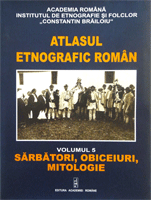 |
Ethnographic Atlas of Romania: Left – Mythology Vol 5 / Below – Popular Arts Vol 4 / Occupations Vol 3 / Occupations Vol 2 / Habitat Vol 1 |
||||||||||||||||||||||||||||||
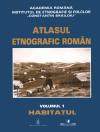 |
CENTER FOR TRADITIONAL RESEARCH
Founded by Prof. Ghinoiu – Background |
||||||||||||||||||||||||||||||
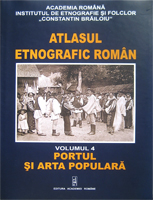 |
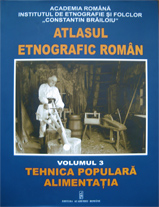 |
 |
|||||||||||||||||||||||||||||
| This page was created to provide insights into Romanian culture and background for visitors to Romanian.
Copyright © D. Dimancescu |
|||||||||||||||||||||||||||||||
| General Background
Some of the methodological and thematic features of the monumental 50-year long ATLAS project are listed below: 1. The field data was collected from 18,000 peasants in 536 villages selected from a total of 13,000. 2. The ethnographic questionnaire contained 1,200 questions and 3,000 sub-questions. Answers allowed us to record the popular culture as it existed at two moments of the XX century: around 1900 and the period of the field research, between 1970 and 1980. 3. The fieldwork took 14,500 working days to complete. 4. In villages more than 7,000 questionnaires with around 6 million entries were filled; 150,000 ethnographical photos, drawings and sketches were gathered. 5. More than 600 ethnographical maps were drawn as a result of this fieldwork. 6. The findings are to be grouped in five volumes by Habitation (The Village, The Household, The House, The Interior); Occupations (The Tillage, The Animal Breeding, The Apiculture, The Hunting, The Fishing, The Transportation); Popular Technique (The Trades, The Popular Equipment); Popular Art Costume; and by Customs Mythology (The Birth, The Wedding, The Funeral, The Calendar Holidays). 7. The complete raw field data, drawn on the maps using cartographic symbols, is published in full in a corpus of documents of oral history in 25 separate companion volumes. 8. Presented in Romanian, English, French and German these two works - (1) the thesaurus of Romanian spirituality, and (2) the Atlas and accompanying corpus of documents — project an unadorned picture of the real popular ethnic-Romanian culture.
Production of the ATLAS series was financially supported in part by Katherine Dimancescu.
FULL DETAILS at CIMEC SITE (Romanian language)
|
|||||||||||||||||||||||||||||||
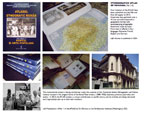 |
|||||||||||||||||||||||||||||||
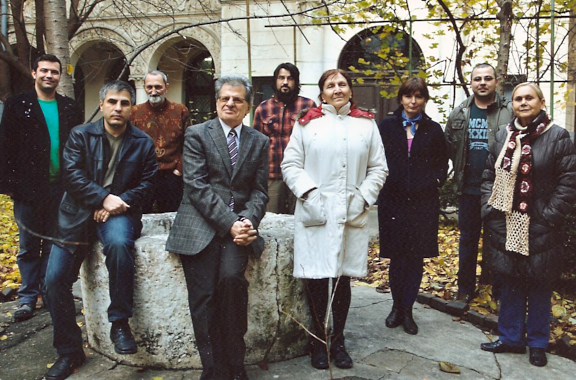 |
|||||||||||||||||||||||||||||||
| VOLUME 5:
Dr. Ion Ghinoiu has overall editorial responsibility and content for the chapter on Mythology. Dr. Lucian David in charge of chapter on Death. Dr. Emil Tarcomnicu, he is one of the heads of ‘Editura Etnologica’ and in charge of the Wedding chapter. Paul Drogeanu in charge of Birth also one the translators into French and one of the last of the field researchers for the Atlas. Catalin Alexa in charge of the whole layout of the Atlas. Laura Negulescu selects photos along with Dr. Cornelia Plesca. Cornelia also helps at the German translation. Dr. Ionut Semuc is in charge of the chapter on Calendar Customs. Maps are a shared responsibiity. Dr. Alina Ciobanel compendia research, map documentarion and English translations. |
|||||||||||||||||||||||||||||||
| Return to PERSONALITIES | |||||||||||||||||||||||||||||||
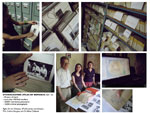 |
|||||||||||||||||||||||||||||||
| CLICK on thumbnails for more details Photos by D. Dimancescu |
|||||||||||||||||||||||||||||||
| Volume V Editorial and Production Team (2012 Bucharest, Romania) Front row from left: Emil Tarcomnicu, Ion Ghinoiu (Coordinator), Alina Ioana Ciobanel, Cornelia Plesca; Back row: Lucian David, Paul Drogeanu, Catalin Alexa, Laura Negulescu, Ionut Demuc. Photo by Nora Agapi (Kogainon Films) |
|||||||||||||||||||||||||||||||
| U.S. Presentation of the ETHNOGRAPHIC ATLAS OF ROMANIA: The Habitation (Volume 1 – 2004) by Dr. Ion Ghinoiu, editor / coordinator, and Dr. Alina Ciobanel. The visit was sponsored by Katherine Dimancescu of Lincoln, Massachusetts. |
|||||||||||||||||||||||||||||||
 |
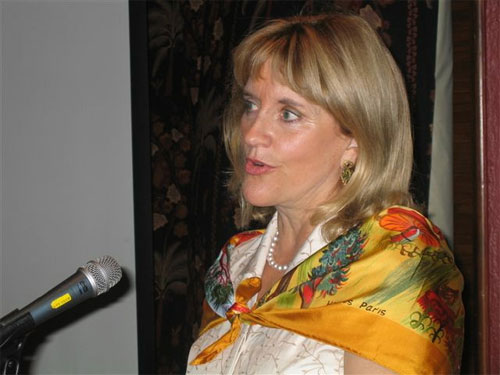 |
||||||||||||||||||||||||||||||
 |
 |
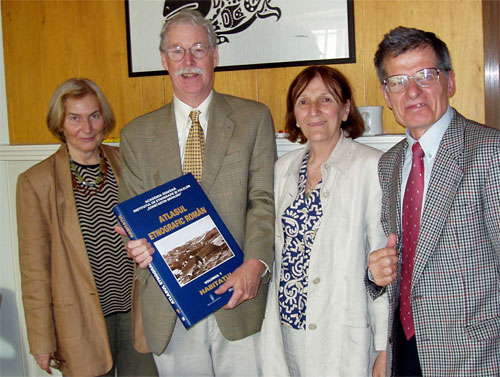 |
 |
Top: Celebratory lunch for Atlas research and editing team in honor of special Atlas award from Romanian Academy / Bucharest January 2006 | |||||||||||||||||||||||||||
| Click on photos for more details | |||||||||||||||||||||||||||||||
| Top: At Harvard University (Massachusetts) Middle: Smithsonian Institution meeting; reception hosted by Mr. & Mrs. Dimancescu at the Cosmos Club (Washington D.C.), and meeting at Brown University (Rhode Island) |
|||||||||||||||||||||||||||||||
